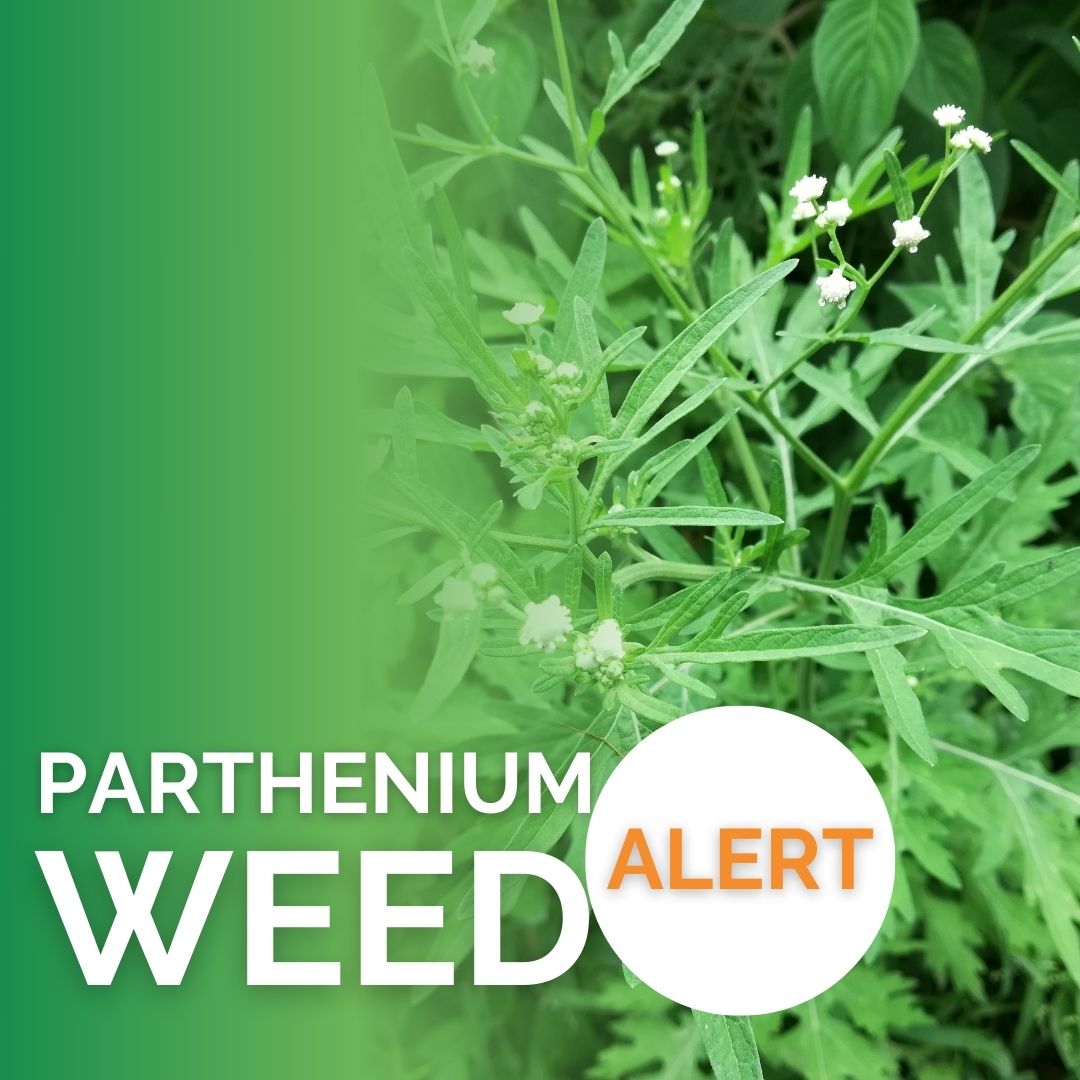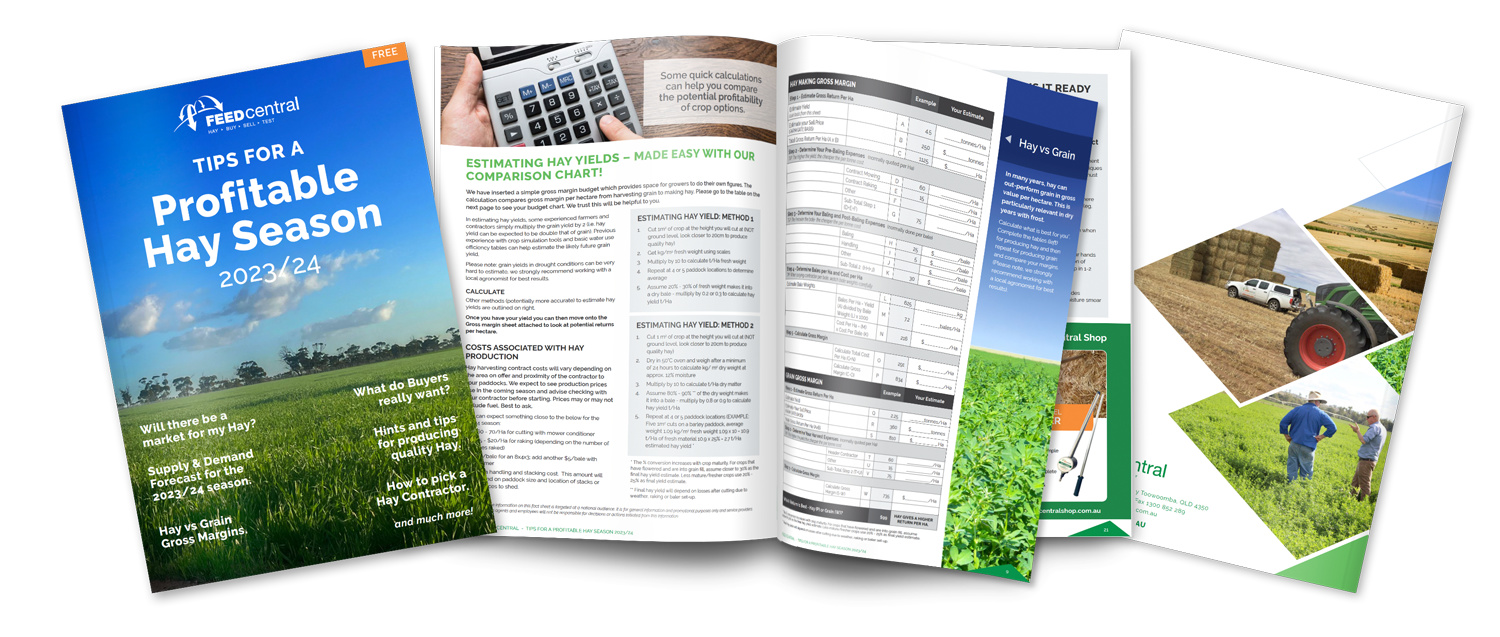Feeding Lucerne, Vetch or Clover hay can be a great protein source addition to your livestock’s diet. You might have wondered over the years what the differences are between these different types of protein hay and which one you should really be feeding to your stock. Well stop wondering and have a look at table 1 which compares the nutritional parameters of these 3 different types of protein hay from the 16/17 hay season.
As you can see, Lucerne and Vetch hay are very similar nutritionally. They both have a high crude protein (CP) source and low to average sugar content in the form of water soluble carbohydrates (WSC). The main difference between the two is that the metabolisable energy (ME) of Lucerne hay tends to be slightly higher then Vetch hay. Both Lucerne and Vetch hay tend to have thin stems which leads to a lower fibre content and a lower relative feed value (RFV).
One of the advantages of Lucerne hay is that there are up to five cuts that you can choose between. Each cut has a slightly different leaf: stem ratio and hence if you are looking for a stalkier hay with a higher fibre content you would opt for a first cut of hay. Whereas, if you were looking for a higher protein content you would opt from a later cut with a higher volume of foliage.
Clover hay on the other hand generally tends to have a lower CP content but is supplemented by a higher WSC content which helps to bump up the ME. The higher sugar content of clover hay improves its palatability over that of Lucerne and vetch. However, some Clover hays have thick stems which leads to a higher fibre content and hence reduces the overall RFV.
Protein hay can be a great alternative to feeding hay. Although the ME value is usually lower in hay then grain, it still provides an easily digestible protein source. It also reduced the chances of your livestock getting acidosis or grain poisoning from being introduced to a grain diet too quickly. It is important that legume protein hays are not the sole component of your feed due to the fact that they can cause bloating if fed in large volumes which can lead to a decline in performance and may even cause death.
Remember that different growing seasons can affect the nutritional values of your hay so it is always a good idea to get your hay feed tested so that you know exactly what is in it. There has been a more favourable growing and harvest season in the southern parts of Australia and hence we are expecting a higher quality of product to be produced.
-
Why Does Hay Get Dusty And What Causes It?
Author Neville Janke Neville Janke is a qualified agronomist and Horticulturist with over 20 years of experience guiding farmers in the Agricultural and Horticultural industries. With this experience, Neville has been helping long-term users of Hay and grain to experience the Feed Central way of sourcing quality Feed for hungry cattle. View all posts

